Friends come to me all the time and ask the same thing.
“What is a reasonable ad budget?”
That’s such a loaded question.
Unfortunately, there’s no single ‘right’ answer.
It just depends on so many different aspects of your business.
It depends on your industry, customers, competition, time of year, and, of course, how much you can sell your products or services for.
But that’s not all.
It also depends on your own growth goals and internal business strategy.
For example, two direct competitors might have different ad budgets because one has better profit margins than the other.
That allows them to be more aggressive in acquiring new customers.
The device matters, too.
Mobile ads, specifically, might not convert as well as desktop ads. So you’ll have to switch your budget around to focus more on generating awareness.
See what I mean?
There’s no straight answer to give here.
So when I tell people that “it depends,” I really mean it!
Fortunately, there are a few tricks you can use to figure out the answer.
You can start by finding some industry benchmarks.
They’ll help you figure out what costs might be appropriate.
And there are a few tools you can use to fill in the gaps and provide data on the competition.
Then you’ll have to run the numbers for yourself to figure out what might work and what won’t.
Only after piecing together all of this information can you figure out what an appropriate mobile ad spend looks like.
Ready to finally figure this out?
Let’s do it.
How much do people spend on ads?
Determining an appropriate ad spend is one of the most difficult things to do.
It seems easy. It feels like this answer should be straightforward. However, as we’ve discussed, it’s anything but.
This gets even more difficult because there’s so much misleading information out there.
For example, the digital ad spending in some industries might top $4 billion annually.
So what does that tell you?
Nothing!
I mean, it tells you what you’re potentially up against. It tells you that there are a few companies out there that will definitely outspend you.
But it doesn’t give you any real concrete data to use.
Here’s another example.
The average cost per click (CPC) for the B2B industry is $1.64.
You see studies like this all the time.
But does that mean you’re doing something wrong if you’re in the B2B space and your cost per click is higher?
No, of course not. Once again, this information is misleading.
It’s helpful to know where you stand. It can give you a vague idea of what’s happening out there and what you’re up against.
But once again, it lacks any concrete, actionable data. You can’t base your performance on these numbers.
That exposes another harsh reality: Cost per click is kind of a vanity metric. We’ll explore the math later on, but realize right now that you can’t base an entire ad budget on the CPC alone.
I mean, you can. But I wouldn’t recommend it.
Google’s Keyword Planner is one popular tool that gets you a little closer to reality.
Make sure you log into a Google account, then look for “Tools.”
Then you’ll click on the first option to “Get traffic estimates for a list of keywords” and enter in your chosen keywords.
The results will spit out a few cost-per-click ranges for keywords in your industry. These are potential keywords you’ll bid on, so the results will be a little more accurate.
SEMrush is another one of my favorite tools for figuring out your Google AdWords strategy.
I love SEMrush because it gives you competitive data. You’ll be able to spy on your competition to see exactly what they’re doing.
It will tell you which keywords they’re bidding on so that you can copy them without having to do a ton of keyword research for yourself.
It will even give you the ads they’re running so you can see what kind of copywriting they’re using, too.
You’ll even be able to see what each competitor is paying for different keywords.
For example, let’s look up “content marketing” to see how much it’s going for these days.
Yikes!
A minute ago, we saw that the average CPC in the B2B industry was less than $2.
But now the CPC for “content marketing” is well over $25!
That sounds like a ton of money, right?
Well yes, when we frame it this way.
However, in reality, it might not be too much.
For example, I’ve worked with clients in almost every single industry. I’ve seen CPCs in competitive niches, like law or insurance, climb to well over $50 or even $100 a click!
Can you believe that?
A hundred bucks for a single click.
And to make matters worse, a conversion for these people isn’t even a sale. It’s just a new lead.
That means that the vast majority of those $100 clicks represent visitors who are probably leaving the site without converting at all.
The actual cost per lead or cost per customer acquisition might be thousands of dollars!
So let’s ask the question again.
Is that too much?
How can you possibly come up with a reasonable ad budget in those scenarios?
The answer depends on the other side of the equation: conversions.
Here’s why.
How to increase conversions from mobile ads
Generally speaking, conversions tend to be lower on mobile than desktop.
That’s not a knock. It’s reality. Think about your own behavior for a second.
How often do you fill out a lengthy form on your phone?
Probably not very often, especially if the website isn’t properly optimized for mobile devices.
Think about it.
You’re trying to scroll left-to-right, trying to punch in a long answer into a tiny form field. It’s too hard!
Your ads are no different. You need to optimize them for mobile devices, too.
“Users will discover your product on their phones…then buy it the next day on their desktop,” according to Massimo from AdEspresso.
That means we need to start with brand-building ads. These might drive discovery first so that you can convert these people later when they get back on their desktop or laptop.
On Facebook, you can start by switching up the placement to feature mobile-friendly spots like the mobile news feed and Instagram.
You can even drill down to target by mobile device, too.
Your goal is to start building up custom audiences and lookalike audiences when you run awareness-based ads like this on Facebook.
It’s no different from collecting leads.
You want to get as many people familiar with your brand as possible so that you can later retarget them to land a purchase.
If you’re trying to drive downloads, app installs, or other conversions directly, you can use phone-based visuals in your images.
You’re trying to get people to realize what they should do next: “Install now.”
The CTA, as you can see, is action-oriented. It’s telling someone what they should be doing next.
Thankfully, some platforms like Facebook also offer ad formats.
Let’s go back to filling out a long form on your mobile device.
That’s almost always a poor experience no matter how big your phone’s screen is.
The problem, of course, is that there’s no way around it. You eventually need people to opt in to make a purchase.
That’s no different for product companies, either. Think about the typical checkout process.
You’ll still have to fill your name, email, and phone. Then they’ll ask for shipping details. Then they’ll also ask for billing information.
See how quickly that adds up?
The trick to driving more conversions on mobile devices is to use ad formats that help you sidestep this issue.
For example, AdEspresso ran an experiment during which they tested conversions for typical ads that send people to a landing page:
Versus the performance of a Lead Ad on Facebook:
Those look pretty similar on the surface, right?
The key, though, is that someone never has to leave Facebook with the second Lead Ad.
All they have to do is hit the “Download” button. Then they have to “Submit” their pre-loaded Facebook information with another single click.
And that’s it!
Someone can change their information if they want. But otherwise, it’s two single clicks to opt in.
That’s a much better experience than filling out a detailed form on a landing page that’s not optimized properly for mobile devices, right?
So it shouldn’t be a surprise to figure out which ad type performed better on mobile. The lead ads, obviously.
Product companies have other options like Google Shopping ads or Facebook’s Dynamic Product Ads to speed up mobile sales.
Both formats can plug right into your e-commerce platform. So, like Lead Ads, they can transform a complex, tedious buying process into just a few clicks.
Why have we spent so much time talking about conversions?
This post is about ad spend, right?
That’s because your ad spend does not depend on advertising costs, necessarily. Instead, it depends entirely on how much money you can make.
‘Ad spend’ is subjective. There’s no right answer. But that’s my definition.
I don’t care how much something costs, necessarily. I’m purely interested in the ROI.
If something costs more up front but I can make twice the money back, it’s worth it!
Ad spend works largely the same way. An ‘acceptable’ number is one that generates the most money for you.
Plain and simple.
So here is how you can figure out what you can afford to spend on mobile ads.
How to determine your mobile ad spend
AdEspresso’s experiment, which we discussed earlier, shared the following data:
In the middle is the number of leads. Then, on the far right-hand side, you can see the cost per lead for each campaign.
That’s the number that matters. You want to determine costs for each lead or new customer first.
Then, you can back out to figure out what you can ultimately afford to spend to get more leads and clients profitably.
So let’s start by figuring out how much it costs us to get one lead or customer.
For example, let’s say the CPC is $1.
Is that good or bad? Who knows? That’s what we’re trying to figure out.
Now, what’s your historical conversion rate?
You should be able to find this by looking back through your own data in Google Analytics.
Let’s use 1%. I like to keep the math simple.
How much would it cost you to generate one lead based on these numbers now?
It would be $100 to acquire one lead if we have a 1% conversion rate and a $1 CPC.
Now, we still don’t know if that’s too expensive or not.
Unless, of course, you’re selling a low-priced product.
Your goal is never to break even with advertising. You should only make money on it.
That means you’ll need to make sure your average order value or customer lifetime value is well over $100 already.
That should be easy to figure out if you’re a product company. Again, the math is relatively simple.
There should be a direct line between what you’re spending and what you’re making in return.
The math for B2B companies proves less straightforward.
Generating 100 leads sounds great on paper. But only if some of them end up converting.
So let’s crunch some more numbers.
Let’s say your internal sales data shows that you convert 10% of leads to customers.
The next step is to figure out what it takes to generate a single paying customer based on those numbers.
A 10% lead-to-sale conversion means we’re going to need 10 leads total to net a single paying customer.
See, that easy math is coming in handy right now!
If we want to generate 10 leads, we’re going to have to spend at least $1,000 (based on the earlier data).
You can look at this $1,000 as a starting place. It might be a good, rough number to base your ad budget.
However, it’s not foolproof.
For example, shooting for a single paying customer is nice. But these numbers aren’t statistically significant.
So, to be safe, you might want to spend at least $1,500 – $2,000 to make sure you give the math enough time to average out.
That is one of the biggest mistakes I see new companies make.
They view advertising as an expense instead of an investment. They might be willing to throw down a few hundred bucks.
But if things don’t work out immediately, they pull the plug too early.
You have to give your campaigns enough time to run, optimize, and self-correct.
Advertising should only ever be an investment.
That means if you’re going to spend $2,000 to acquire a single customer, you better make a whole lot of money back in return.
For example, let’s say you do coaching. A one-year coaching package is around $850 per month.
In this scenario, a one-year commitment means your average customer value is $10,000.
A few minutes ago, spending $1,000 on a single customer sounded expensive. But when you put it in this context, you can see that your ad costs are only around 10% of the return.
That’s an awesome return!
Now, you can take the $10,000 you got and put it back into advertising.
You’re multiplying your money if you do this correctly. You’re going from one new customer this month to potential ten new ones over the next month or two.
It’s like free money when done correctly.
That’s why advertising is so powerful. That’s why I recommend it as the single best way to grow your business.
You never want to ignore the costs, of course. You need to make sure that your math pans out.
But otherwise, you should focus 100% on the return on your investment.
If you can profitably acquire a single customer, you can probably profitably acquire 10 new customers. Better yet, why not 100 new customers?
Keep reinvesting that original amount. If you do, the potential growth for your business will skyrocket over time no matter which device you’re advertising on.
Conclusion
There’s no magic ad-spend number.
It’s a moving target in reality. It’s unique for each business.
$10,000 a month might be expensive for one company but cheap for another.
That’s why it’s so hard to give you a straight answer.
You also have to deal with misleading information. For example, the industry-wide cost per click for your industry is helpful to know.
But it has absolutely no bearing on what you can afford to spend.
And that’s the key.
The only reason to advertise is to get a return on your investment. So your mobile ad spend has less to do with the cost and more to do with what you’re going to bring back in new revenue.
That’s why you should focus on metrics like the cost per lead or cost per sale. These better line up with your sales model.
You can look at how much each new customer is worth to your business. Then, subtract these relevant costs to see what you have left on the bottom line.
There’s no one, true ‘ad spend’ number.
In an ideal world, you should invest as much as you can profitably afford to continue spending.
What methods have you used to come up with an appropriate ad spend budget?

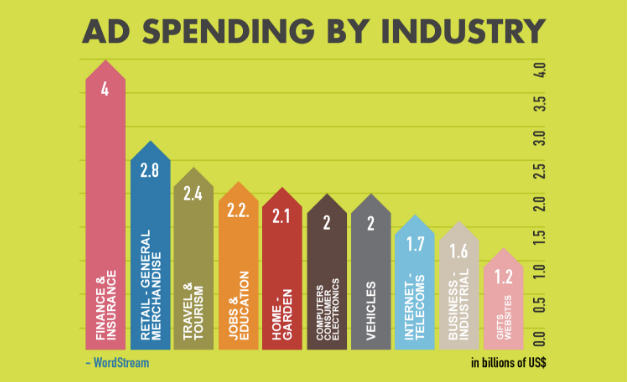
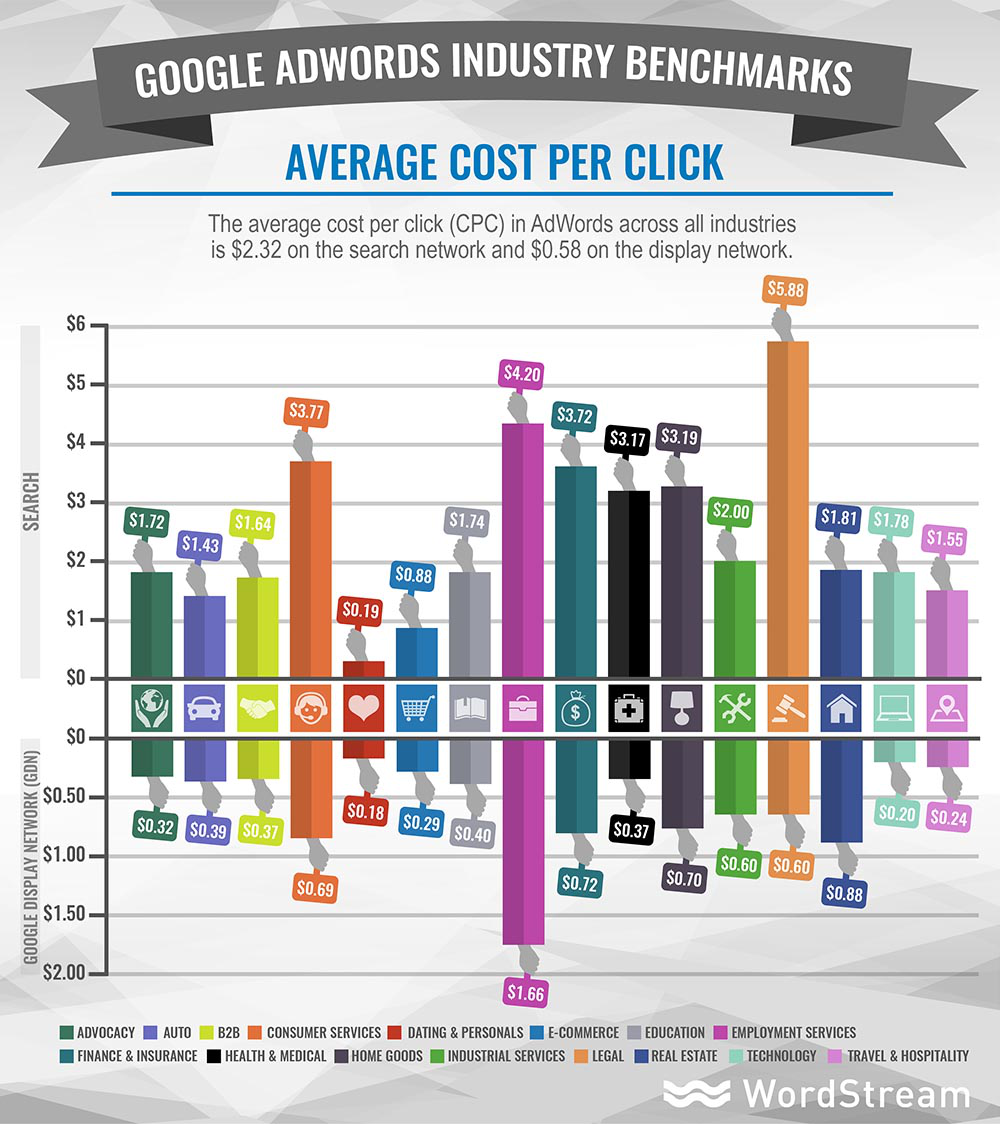
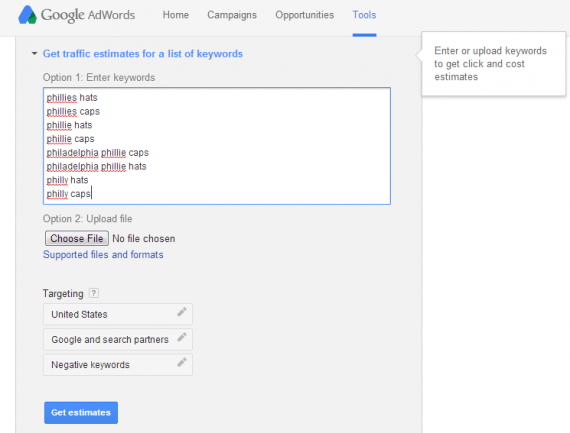


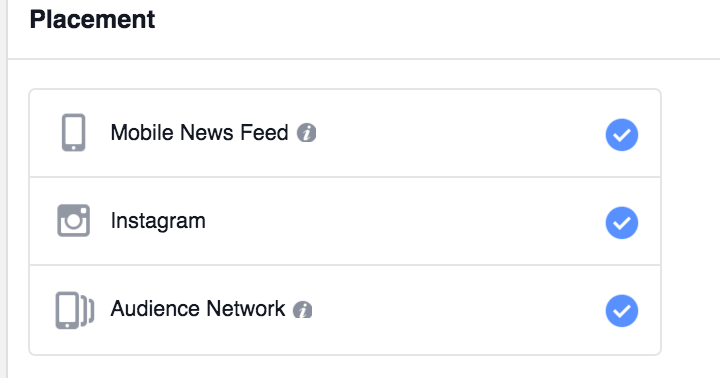

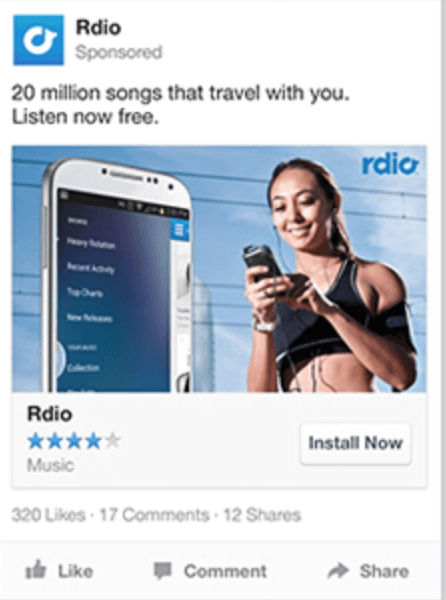
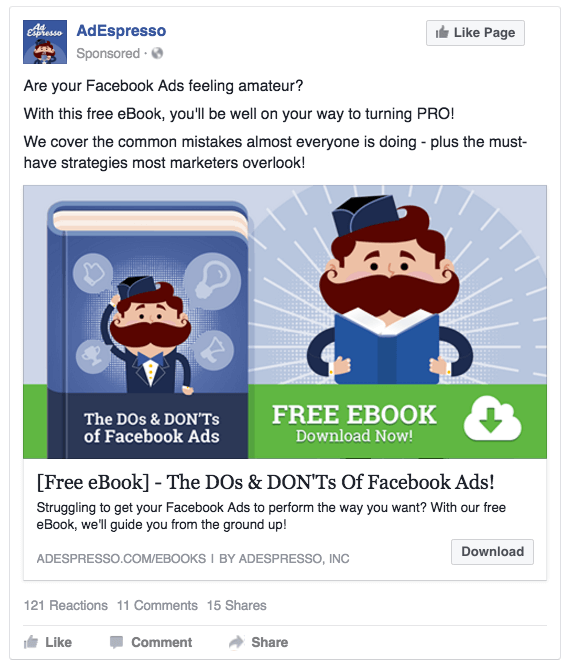
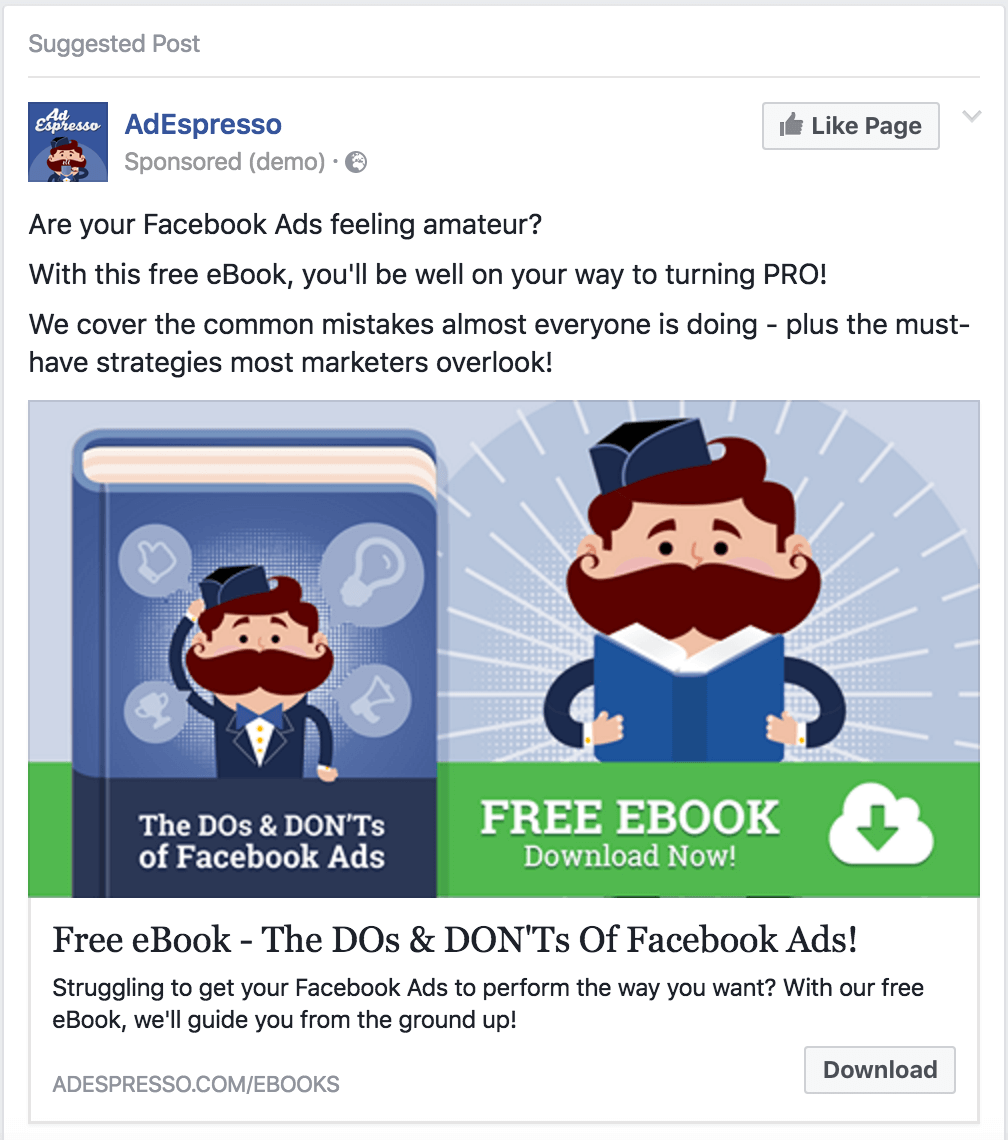
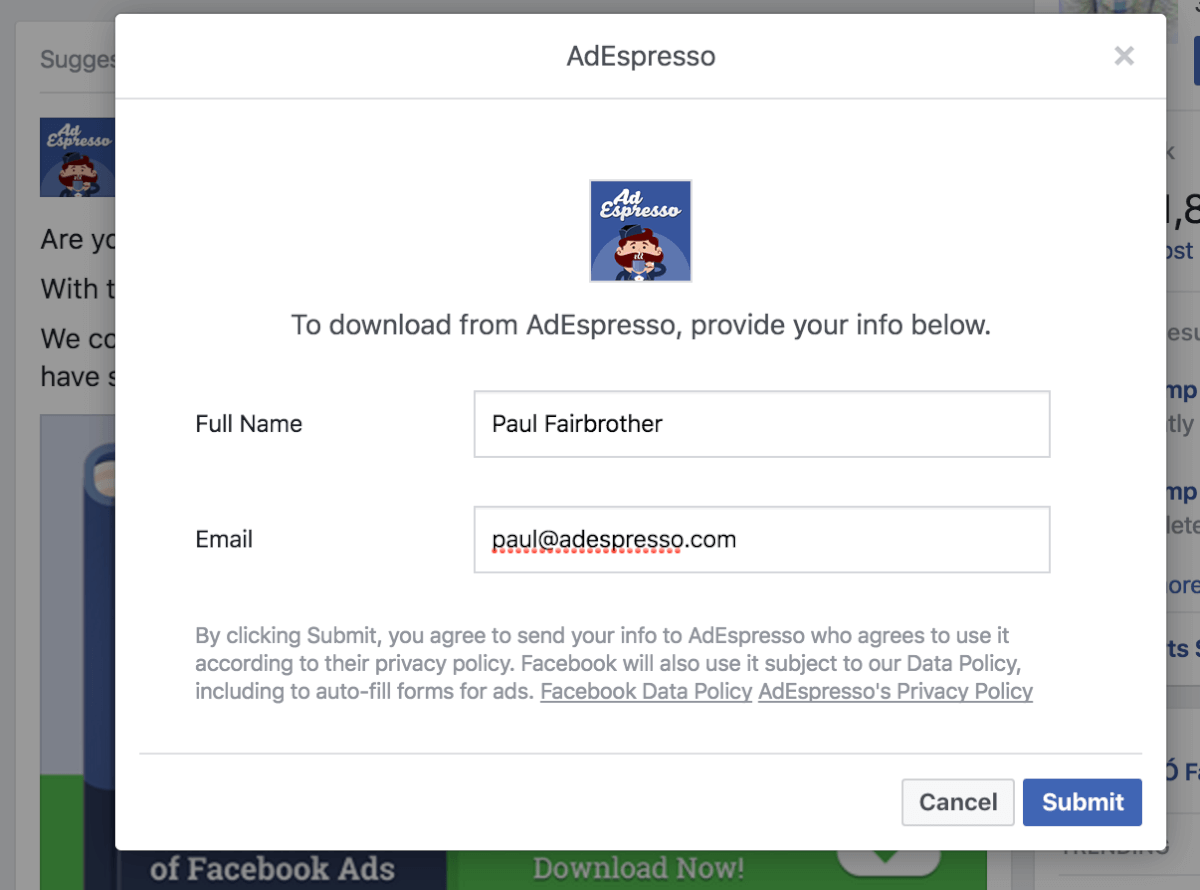





Comments (2)